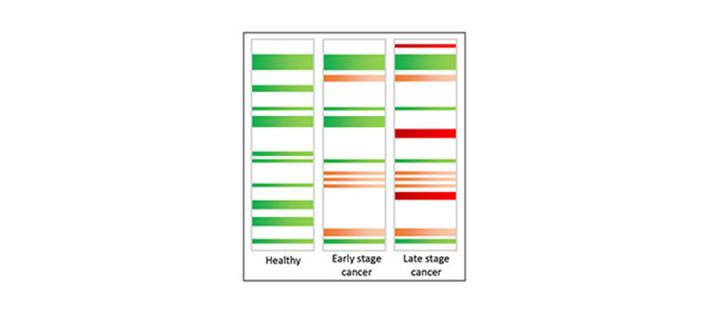Genetic barcode could pave way to bespoke liver cancer therapies
The study, with Dr John Thomson, sought to understand the chemical changes that take place in liver cells over time: May 2016

Researchers at the MRC Human Genetics Unit have identified a biological barcode in mouse cells that could help explain how liver cancers develop in people.
The findings could lead to the development of new personalised treatments for the disease.
The study, with Dr John Thomson as first author, sought to understand the chemical changes that take place in liver cells over time and how these changes can switch genes on or off, affecting the organ’s function.
The researchers focused on a key chemical found in liver cells – known as 5hmC – that can track and identify changes in the cell’s gene function, like a biological barcode. They showed for the first time how changes to this barcode can be monitored and used to predict whether a cell will become cancerous. This helps scientists to understand the chemical processes that can lead to the growth of liver cancers and may pave the way for treatments that are based on a patient’s personal genetic signature.
“This study provides an additional strategy to investigate the mechanisms of cancer progression and can pave the way to the identification of new cancer drug targets.”
The study was funded by the Medical Research Council and Innovative Medicine Initiative and published in the journal Cancer Research.
Useful links Research paper published in Cancer Research

